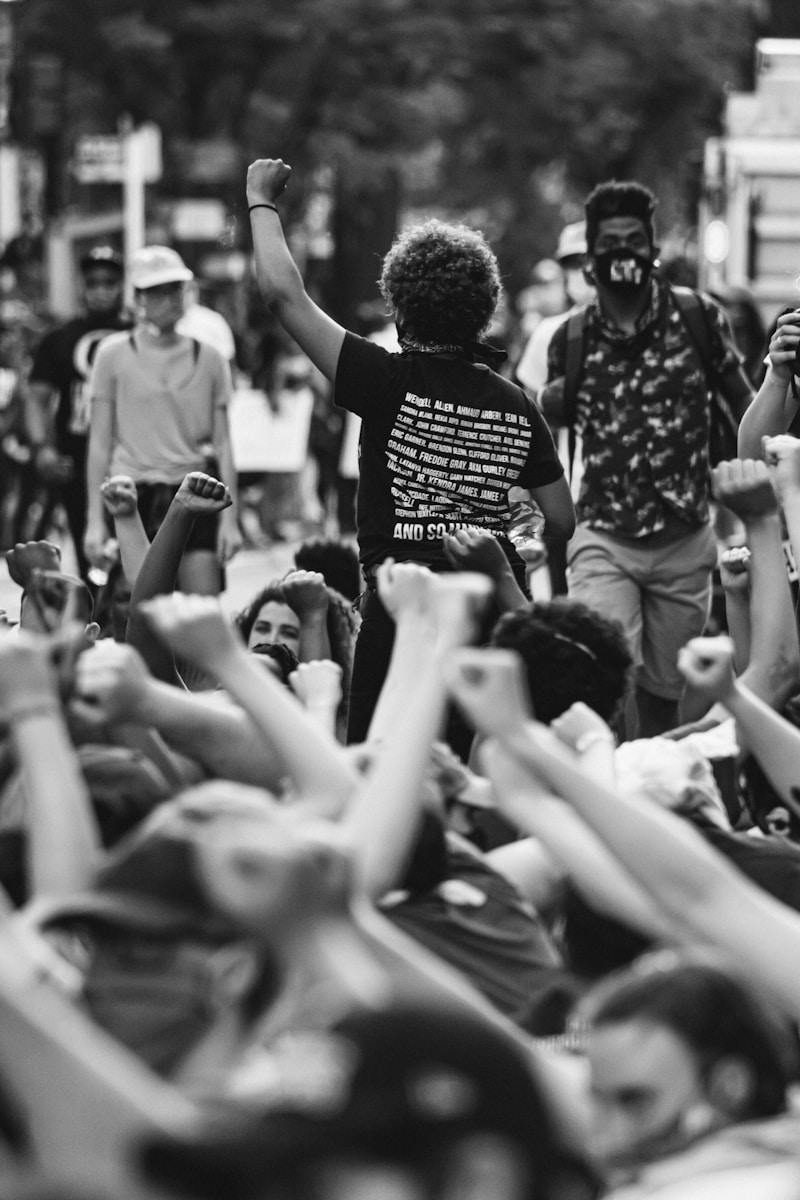Key Takeaways
• A Chicago grand jury refused to indict a couple seen with firearms at an ICE protest.
• Prosecutors called them “armed rioters” but later asked to drop charges.
• New video evidence led to dismissals in two related cases.
• Lawyers say the case had “less evidence than a ham sandwich.”
• Prosecutors have two weeks to decide on new charges.
Chicago Grand Jury Refuses to Indict Armed Protesters
A Chicago grand jury surprised many this week. It declined to indict a couple who carried guns during a protest at an ICE facility. Prosecutors had labeled them as “armed rioters.” However, the jury saw too few facts to move ahead.
Background on the Protest Arrests
Last month, federal agents arrested more than a dozen protesters outside the Broadview ICE center. The arrests came after tensions flared over immigration enforcement. Among those taken into custody were Jocelyne Robledo and Ray Collins. Both held firearms while standing near the facility entrances.
Prosecutors described the protest as a dangerous riot. They charged the couple with assault and weapons violations. A third protester, Luci Mazur, also faced charges after a tense encounter with law enforcement.
What the Grand Jury Decided
Surprisingly, the Chicago grand jury did not find enough proof to indict Robledo and Collins. Even with video and sworn statements, the jurors felt the evidence fell short. The U.S. Attorney’s office then asked to dismiss the charges.
The decision echoed other grand juries in Washington that refused to indict protesters. Yet this time it happened far from the capital. It marks a rare moment when a Chicago grand jury stood against a federal prosecution.
Role of New Footage in Dropping Charges
In Mazur’s case, new body camera footage changed everything. Prosecutors had believed Mazur grabbed an agent and resisted arrest. They based initial charges on an affidavit from an FBI agent.
However, when lawyers asked for video review, they found gaps. The footage did not clearly show the alleged assault. As a result, Assistant U.S. Attorney Jeffrey Snell notified the court that the case would not proceed.
One lawyer joked that the case had “less evidence than a ham sandwich.” In response, the judge dismissed Mazur’s charges without debate.
Lawyers React to the Grand Jury Decision
Veteran attorney Richard Kling spoke about the couple’s case. He said he has practiced law for 54 years and has never seen a client walk free so quickly after federal charges. Kling noted the old saying that a grand jury can indict a ham sandwich. Here, he added, prosecutors had less proof than that sandwich.
U.S. Magistrate Judge Gabriel Fuentes pressed prosecutors for answers on why the Chicago grand jury refused to indict. Assistant U.S. Attorney Brian Havey admitted the decision came from the top of the Justice Department.
Next Steps for Prosecutors
Even though the charges dropped, prosecutors still have options. They can present new evidence to a different grand jury within two weeks. If they find witnesses or footage that supports their case, they could renew the indictment.
For now, though, the couple walks free. Their photos and names remain on social media posts by ICE. The agency’s account called them armed rioters who would be held accountable. Yet the posts still stand, even though no trial will take place soon.
Community Impact and Reactions
The refusal to indict has sparked debate around protest rights and firearm rules. Supporters say the grand jury’s move protects free speech and legal gun ownership. Critics worry it may encourage more armed protests at sensitive sites.
Meanwhile, local activists applaud the decision. They believe it shows that peaceful protest and self-defense can coexist. They also hope it leads to clearer policies on how federal agents handle armed participants.
Lessons from the Case
This incident highlights a few key lessons:
• Evidence Matters: Even strong claims need clear proof.
• Video Reviews Are Crucial: New footage can change a case overnight.
• Grand Juries Have Power: They can reject weak prosecutions.
• Legal Rights Stand Firm: Carrying a licensed firearm is not a crime.
Ultimately, the Chicago grand jury sent a message. Prosecutors must build stronger cases before seeking indictments. Otherwise, juries will push back.
Next, we will watch if the Justice Department gathers new evidence. For now, the protesters remain free and the charges stand dismissed.
Frequently Asked Questions
Why did the Chicago grand jury refuse to indict?
The jurors felt there was not enough clear evidence to support the assault and weapons charges.
What changed after prosecutors reviewed new footage?
The new videos did not match the written complaints, so officials dropped the cases.
Can prosecutors refile charges against the protesters?
Yes, they have about two weeks to gather new evidence and present it to another grand jury.
What does this decision mean for future protests?
It suggests that strong proof is needed before charging armed demonstrators, protecting both free speech and gun rights.

